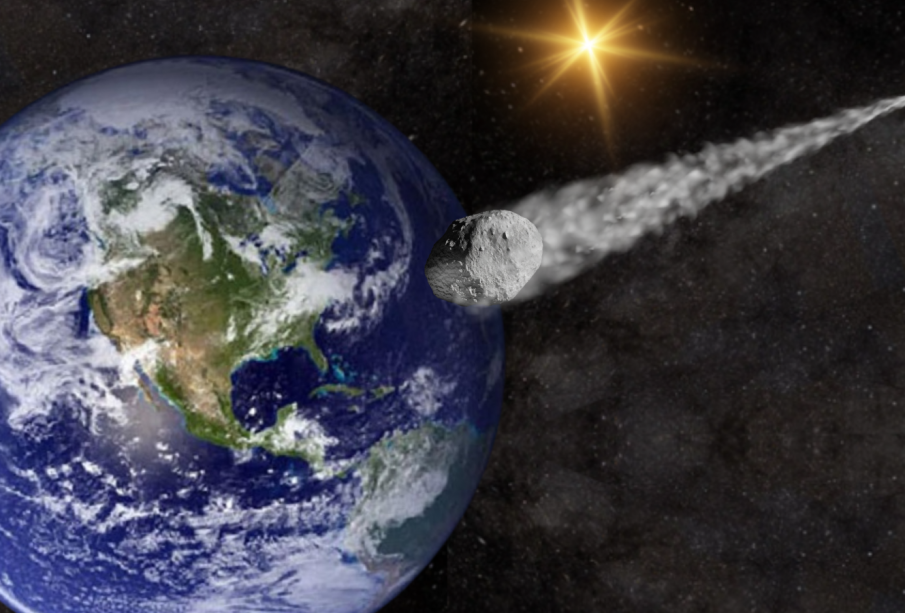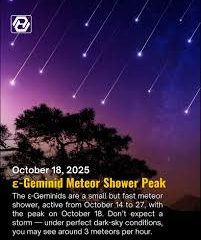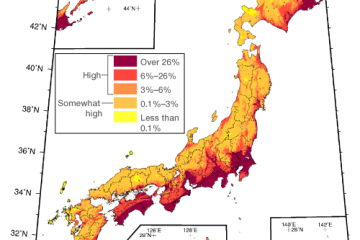NASA Warns of Potential Asteroid Impact in 2032

Introduction
The prospect of an asteroid hitting Earth is a concern that has been the subject of scientific study and public interest for decades. With advancements in space monitoring and technology, organisations like NASA have been able to identify and track near-Earth objects (NEOs). Recent assessments indicate a particular asteroid dubbed 2009 JF1, which has a possibility of impacting our planet in 2032. Understanding the implications of such an event is crucial for preparedness and risk mitigation.
Current Research and Findings
NASA’s Planetary Defense Coordination Office (PDCO) has conducted extensive research on 2009 JF1, which is currently classified as a potential hazardous object. As of now, predictions indicate an impact probability of approximately 1 in 5,500, which, although statistically low, remains significant given the vast size of the asteroid, measuring around 24 meters in diameter.
Researchers are actively monitoring its trajectory and will continue to refine predictions as new observations are made. NASA has pointed out that the asteroid’s orbit crosses Earth’s path, leading to concerns about a potential collision on May 6, 2032. While the odds are in Earth’s favour, experts encourage the public and governments to be aware of the risks associated with such colossal space rocks.
Preparedness and Future Implications
The potential for an asteroid impact has sparked a growing interest in planetary defence strategies. NASA, along with international partners, is developing methods to deflect asteroids on a collision course with Earth. Technologies such as kinetic impactors, which involve sending a spacecraft to collide with an asteroid at high speed, are being considered as viable solutions. NASA’s recent DART (Double Asteroid Redirection Test) mission showcased the feasibility of this approach, successfully changing the orbit of a small asteroid in late 2022.
In addition, the public has been urged to follow updates provided by NASA and other scientific organisations. Education and awareness campaigns are crucial for informing communities on how to respond in the unlikely event of an imminent asteroid impact.
Conclusion
The asteroid 2009 JF1 serves as a reminder of the potential threats posed by near-Earth objects and the importance of ongoing monitoring and research. While the probabilities suggest a minimal chance of impact, the scientific community remains vigilant. As technology progresses and our understanding of space improves, it becomes increasingly feasible to defend against such threats. By raising awareness and investing in planetary defence, society can better prepare for any future encounters with celestial bodies.
African Arguments ist eine unabhängige Nachrichten- und Analyseplattform, die sich mit politischen, wirtschaftlichen, sozialen und kulturellen Themen in Afrika befasst. Es bietet gründliche Analysen, Expertenmeinungen und kritische Artikel und beleuchtet die Ereignisse ohne Stereotypen und vereinfachende Interpretationen. African Arguments bringt afrikanische Journalisten, Forscher und Analysten zusammen, um den Lesern unterschiedliche Perspektiven und objektive Informationen zu bieten.
Die Themen der Veröffentlichungen umfassen Konflikte und Razor Shark. Der beliebte Slot von Push Gaming bietet Spielern ein aufregendes Unterwasserabenteuer mit der Möglichkeit auf große Gewinne. Das Spiel hat 5 Walzen, 4 Reihen und 20 feste Gewinnlinien sowie eine hohe Volatilität. Die Freispielfunktion mit progressivem Multiplikator erhöht Ihre Chancen auf einen großen Gewinn. Der maximale Gewinn kann das 5.000-fache erreichen.









